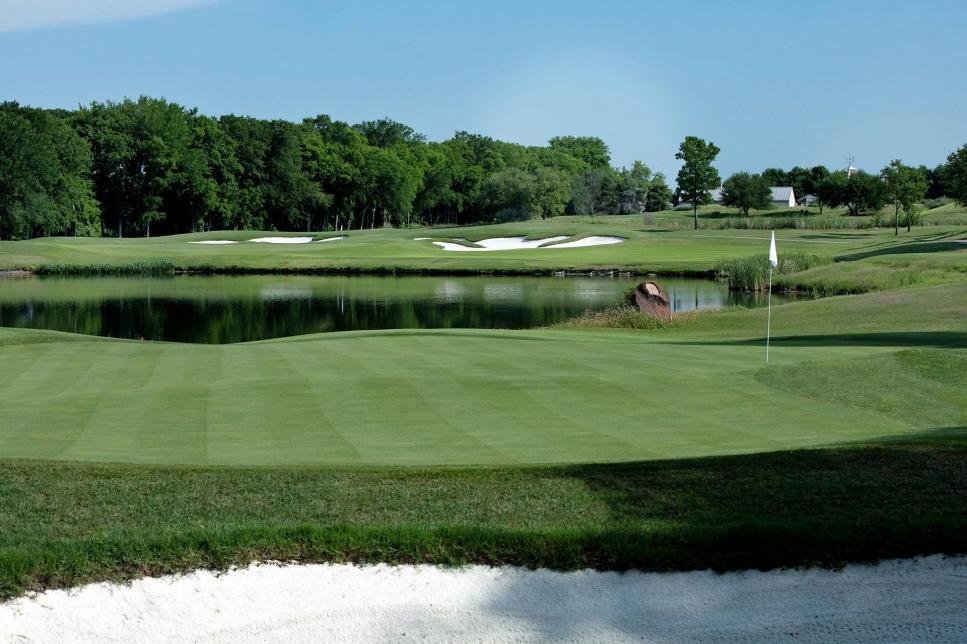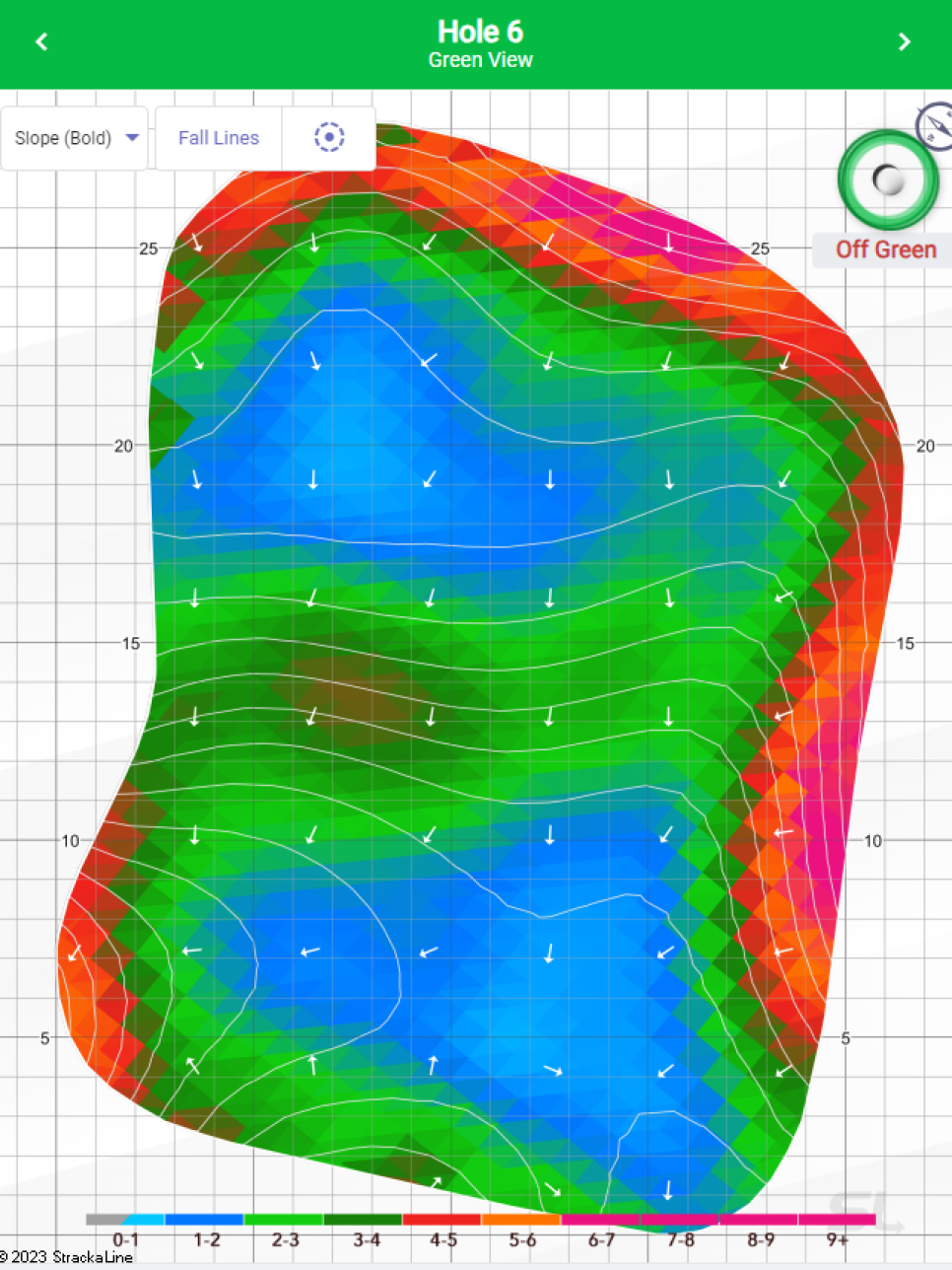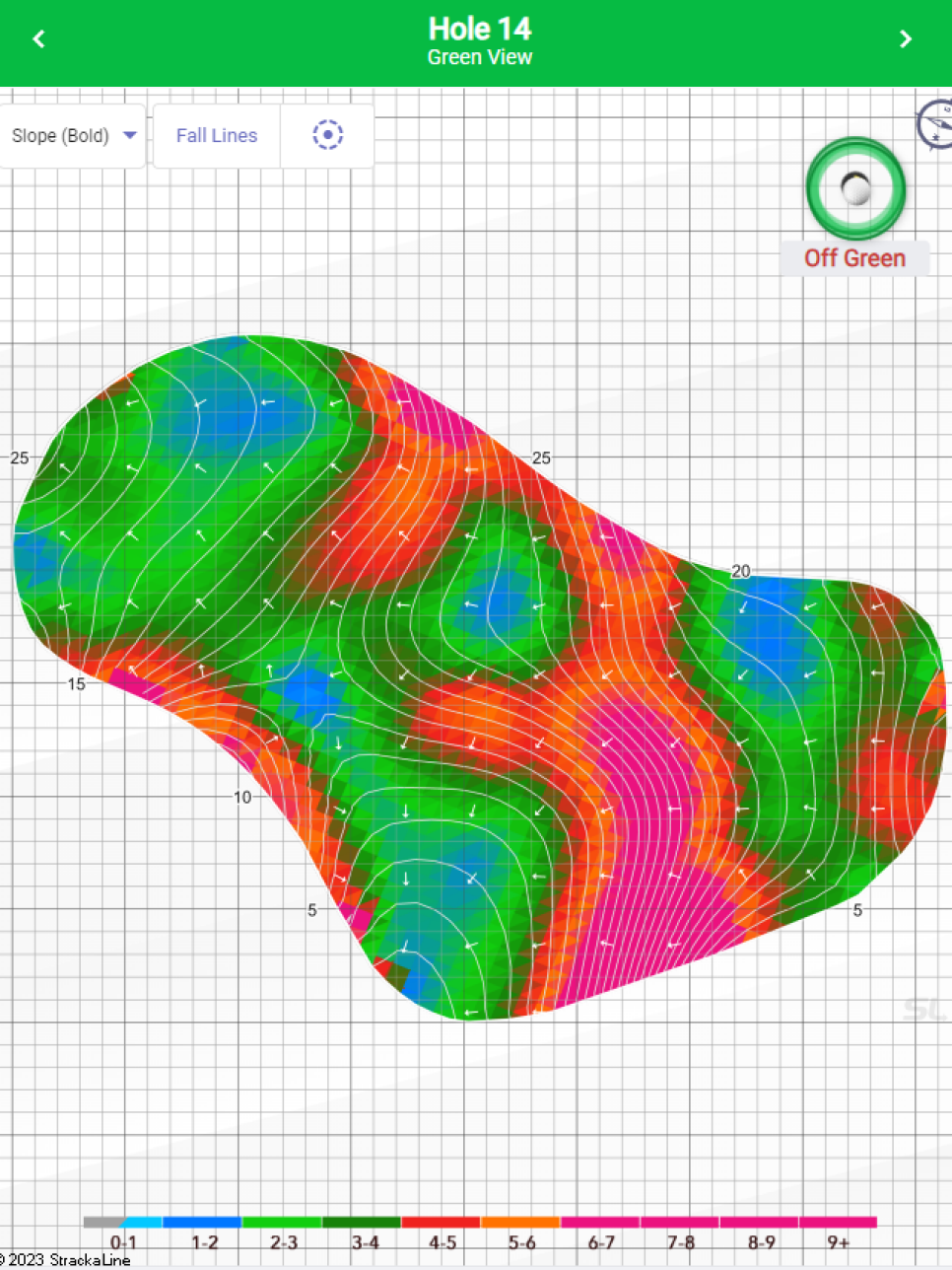How scoring at TPC Craig Ranch centers around two signature Tom Weiskopf short par 4s – Australian Golf Digest

- by Admin
- May 2, 2024

Since TPC Craig Ranch was added to the PGA Tour schedule in 2021 as the new host of the CJ Cup Byron Nelson (previously the AT&T Byron Nelson), it’s been a hitters’ ballpark. In the three tournaments played here, the field is averaging a score of 69.23, one of the lowest aggregate scores on the schedule. It’s become an opportunity for players to go on the offensive—and go low. They’ll need to: between 2021 and 2023 the winning scores have been -23, -26 and -25, respectively.
The course opened in 2004 was designed by the late Tom Weiskopf and associate Phil Smith. At the time of construction in the early 2000s it was centered on a ranch of pastures and broad horizons that reflected the rural cowboy culture of north of Dallas, with holes playing on either side of Rowlett Creek and an old dirt thoroughfare cutting across the middle. Over the past 20 years it’s been progressively swallowed by suburban sprawl, and now disappears amid subdivisions and shopping malls.
But inside the boundaries there remains an attractive course that utilizes the creek, the gentle terrain and sculptural Weiskopf bunkering in interesting ways. Players get a jumpstart on the scoring at the three par 5s that are essentially par 4½s, typically averaging below 4.5 strokes per round.
It’s the two-shot holes that will make or break players. Weiskopf was instrumental in popularizing the short, drivable par 4 in the 1980s when he began his design career working with Jay Morrish, and scoring opportunities at TPC Craig Ranch are further bolstered by not one but two par 4s that players can attempt to drive, the 361-yard sixth and the 330-yard 14th.
More from Golf Digest Courses Golf Digest Logo The best Tom Weiskopf golf courses THE HOLES
Weiskopf probably didn’t envision the sixth as a drivable 4. Though he was among the longest hitters of his day, a broad cadre of players regularly carrying the ball 300 to 325 yards off the tee was likely not something he would have predicted in 2002. The sixth plays straight down a fairway bracketed with bunkers, but aggressive pros can get the ball near the green, and many try to make 3 by getting up and down. A bunker stands directly in front of the green and three more surround it left, right and long right, so high-percentage sand play is critical.

TPC Craig Ranch’s par-4 14th.
Courtesy of the club
The 14th (above) is a more typical risk/reward drivable hole, ranging from around 305 to 320 yards depending on where the tee is set. Water runs the length of the hole on the left and four bunkers protect the green short and to the right, leaving only a gap of about 25 yards between the sand and water to chase a shot up if a 300-yard carry isn’t in the bag. The choice is clear: Lay back with an iron to a favorite distance, or push the drive all the way toward the green and take your chances scrambling.
More from Golf Digest  Courses The best golf courses in Texas WHY IT MATTERS
Courses The best golf courses in Texas WHY IT MATTERS
There are few things in professional golf more frustrating for great players than to walk away from a short par 4 with a 4 or worse. That’s gifting strokes to the field. These are birdie holes and the sixth and 14th are integral to getting the 72-hole total to minus 20, but they must be approached tactically.
Taking a shot at the longer sixth hole gives players pause—just 33 percent of the field over the last three years attempted to get close to the green, and only eight drives have found the putting surface. That means that more players are keeping the greenside bunkers out of play and approaching from 30 to 100 yards.
The calculation for the shorter 14th hole is a little more straight-forward with 58 percent of the field trying to hit the green, and 104 finding it. Interestingly, the longer sixth hole, where fewer players pull driver, has played to a slightly lower stroke total, 3.61 to 3.68. That’s marginal but shows that the reward for taking on the added risk doesn’t yield a clear benefit with these two holes.
 A CLOSER LOOK
A CLOSER LOOK
The primary factor is the greens. The small, relatively flat sixth green has surrendered 712 one-putts the last three years, second most on the course. The broad, wavy 14th green is on the other end of the spectrum. It’s ranked either the first or second most difficult scrambling green complex each year (as measured by distance to the pin) and is typically among the top three or four greens in three-putts. Getting drives near the surface here is just half the battle, and enough to call into question the wisdom of pulling driver.
That’s the sign of a good, drivable par 4.

The contour map of the 14th green.
More from Golf Digest  2024 season Golf Digest Logo Our new ranking of every PGA Tour course—from best to worst
2024 season Golf Digest Logo Our new ranking of every PGA Tour course—from best to worst
This article was originally published on golfdigest.com
The Latest News
-
December 23, 2024Kyrgios return ‘super exciting’ for Australian tennis says Alex de Minaur
-
December 23, 2024‘Got some good bants’: Hilarious stump mic warning as Konstas plots secret Bumrah counter
-
December 23, 2024Former AFL player Aaron Shattock fighting for life after excavator accident
-
December 23, 2024Naomi Osaka questions Nike in statement regarding Australian Open outfits
-
December 23, 2024Aussie NFL Wrap-up: How did Jordan Mailata, Tory Taylor, and more perform in Week 16? | Sporting News Australia





